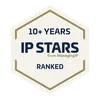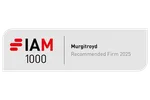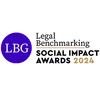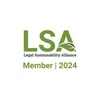The patent process – a materials perspective
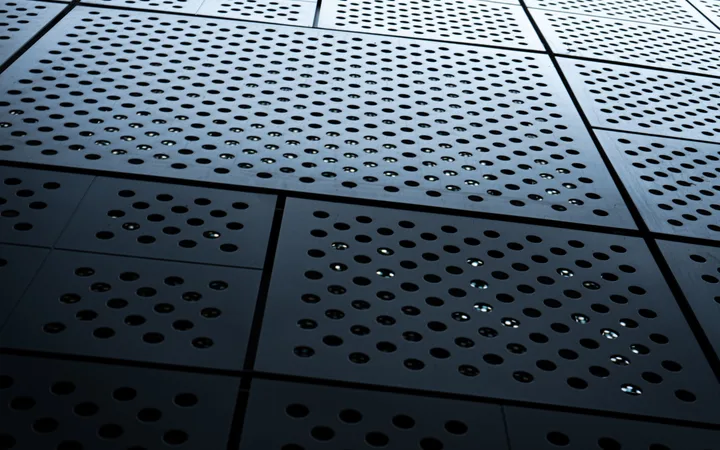
Patent filing can be a long and complex process — especially when it comes to materials. Here’s a look at the different elements of a patent and some advice for materials-based inventions.
I recently attended the annual general meeting of the Consultancy Group of the Royal Society of Chemistry (RSC). I was a guest speaker at the event, giving a talk on the patent system and strategies for patenting new materials. Here’s a summary of some of the key aspects I talked about.
The ethos of patents #
The basic ethos of the patent system is to provide a commercial incentive to innovate rather than copy. Patents provide a 20-year monopoly, giving the holder the right to prevent others from working an invention.
Materials-related inventions include the materials themselves, methods of manufacture, methods of processing, device configurations including the materials, and new uses of materials.
Uses of patents #
A patent for an invention gives the patentee a degree of control over the invention and how it is utilised. Patents can be used in a variety of ways, depending on commercial strategy and circumstance. Uses include:
- preventing competitors from copying
- maintaining profit margins
- publishing information, enhancing freedom-to-operate
- licensing
- obtaining investment/funding
- enhancing reputation — marketing
- lowering tax burden — the patent box
As materials inventions often reside at the start of a commercial value chain, they can be used to extract value across the chain.
Requirements for patentability #
Patent law, like other aspects of law, can be complex and detailed. However, at a basic level, the requirements for patentability are relatively simple and generally focus on three main requirements:
- Novelty — is it new?
- Inventive step — is it non-obvious?
- Sufficiency of disclosure — has the invention been described in sufficient detail for a skilled person to put it into effect?
For new materials, it is important to describe both the novel characteristics of the new material and also how the new material is made.
The patent specification #
A patent specification is a somewhat unique document containing a mix of technical, legal and commercial jargon, which can be difficult to understand for the uninitiated. This stems from the fact that a patent specification is a combination of a legal document, a commercial document, and a technical document.
A rough outline of the structure of a patent specification is as follows:
Title
- Usually fairly generic
Field
- Short indication of the technical field in which the invention resides
Background
- The closest prior art is…
- The problem with this prior art is…
- The aim of the invention is to solve this problem…
Summary
- The invention that solves this problem is this…
- These are the essential features of the invention…
- These are advantageous but optional features…
Summary of the Drawings
- Figure 1 shows…
Detailed description
- These are all embodiments/examples of the invention…
Claims
- Claim 1 — broadest scope — defines the essential features of the invention…
- Claims 2 to n — are dependent on claim one and define advantageous optional features…
The claims are the most important part of the patent application and define both the breadth and depth of the patent coverage. The claims can be illustrated as a series of concentric circles defining an ever narrower scope of protection.
Drawings
- Simple line drawings with numbered features
For materials related inventions, several patent applications may be filed to claim different aspects of the invention. Alternatively, the different aspects of the invention may be included in a single application. While this can save on initial costs, in certain jurisdictions a single application may be required to be split up into several separate applications during examination. Furthermore, from a commercialisation perspective, it can sometimes be useful to have different aspects of the invention covered in separate patents, as the different aspects may have different strategic uses dependent on commercial strategy. For example, for a materials manufacturer, patent claims directed to aspects of a material and synthesis method may be used to prevent others from copying. In contrast, patent claims directed to aspects relating to downstream processing and use may be licensed.
Patent timeline and costs #
Obtaining a granted patent in a number of countries around the world
can take a long time and costs can be quite high.
It should be noted that while overall costs are quite high, they are spread over 20 years — and the system is designed such that large costs don’t kick in for two and a half years from first filing. As such, there is a window of opportunity to obtain investment and/or assess commercial potential prior to spending significant funds on patent applications around the world. Country spreads for patent applications will depend on commercial strategy, invention value, where the main markets are and where the main competitors are based.
Strategies for patenting new materials #
This article has explained, in relatively generic terms, the patent process in all technical sectors. The RSC presentation went on to discuss specific strategies for patenting new materials, including a materials case study which is available on our website, alongside a discussion about the materials value chain, which I’ve discussed in a previous article.

